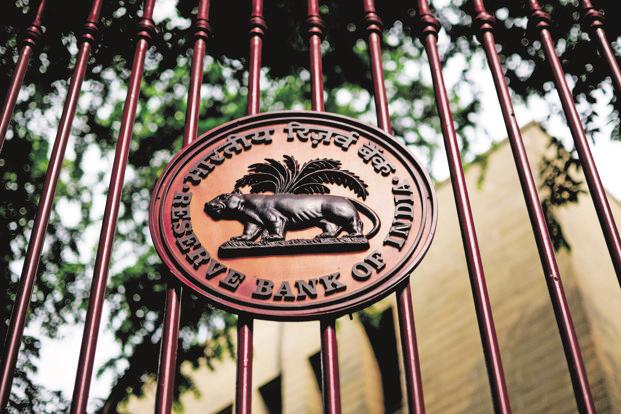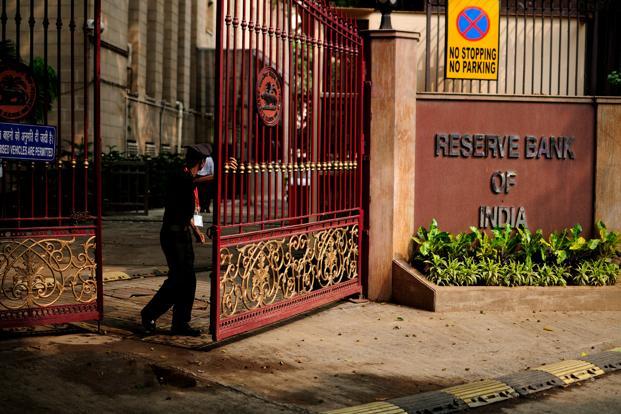Over the next fortnight, many state-owned banks, led by the nation’s largest lender State Bank of India, are expected to aggressively push for deep restructuring of some of the large bad assets such as Essar Steel Ltd (Rs45,000 crore) and Bhushan Steel Ltd (Rs47,000 crore), among others. These will be taken up at the executive committee meetings of individual banks and also the forum of lenders. On the table are plans for extension of the tenure of repayment of loans, reduction in interest rates, pledge of shares as well as personal guarantees by the promoters of distressed companies and conversion of unsustainable debt into preference shares/low coupon debentures, and other covenants. Behind the sudden rush is an ordinance signed by the President of India last Thursday, amending the Banking Regulation Act, giving powers to the Reserve Bank of India (RBI) to push the banks hard to deal with the bad assets. The banking regulator is also being authorized to invoke the Insolvency and Bankruptcy Code against the loan defaulters.
If the reaction of the stock market is anything to go by, the ordinance did not match the hype that was created in media in the run up to its promulgation. Are the new proposals adequate to clean up the banking system in the world’s fastest growing major economy? Between 2001 and now, there have been quite a few schemes like corporate debt restructuring (CDR), strategic debt restructuring (SDR) and Sustainable Structuring of Stressed Assets (S4A) to address the problem of rising bad loans in India but none of them has succeeded. The listed Indian banks had Rs7.2 trillion gross bad loans in December and this is expected to cross Rs8 trillion in March. At least another Rs2.1 trillion are the so-called special mention accounts or SMA1 (where principal or interest payment of a loan are not paid between 31-60 days) and SMA2 (principal or interest not paid between 61-90 days).
The Videocon group (Rs33,000 crore), Essar Power Ltd (Rs11,000 crore), Jaiprakash Associates Ltd (Rs22,960 crore), Jaiprakash Power Ventures Ltd (Rs14,700 crore), JP Infrastructure Ltd (Rs10,000 crore), Naveen Jindal’s Jindal Steel Ltd (Rs46,000 crore) and Anil Ambani’s Reliance Communications Ltd (Rs42,000 crore) are some of the corporations that fall into this bracket. Depending on their cash flow and repayment of banks dues, they shift between the two buckets—SMA1 and SMA2; for the banking system, they are stressed but performing assets.
The finance minister has pegged the stressed asset volume at Rs9.6 trillion but I presume this figure does not include the cases which are under SDR where the banks continue to classify them as standard assets for 18 months. Under SDR, a consortium of lenders could convert part of their loan exposure in a stressed company into equity and own at least 51% of it. They can also change the management of companies that were not able to service bank loans. We have hardly seen change in management in companies dealt on the SDR platform. The stressed companies being tackled on this platform for which new investors are yet to be identified could be around Rs1trillion. There are over-leveraged promoters who have very little skin in the game as they have taken vanilla loans from one set of banks for the holding company and, at the same time, loans against pledge of shares of their operating companies from another set of banks and non-banking financial companies to minimize their own contribution. Similarly, there are banks which have been evergreening certain loans—giving fresh loans to the borrowers to pay off the old loans. This is why one particular account could be in the category of SMA1 or SMA2 or even a non-performing asset (NPA) for one bank and a regular asset for another.
The two key takeaways from the latest move to clean up banks’ sheets are :
—The bank executives are expected to be protected from the glare of the investigative agencies Central Bureau of Investigation, Chief Vigilance Commission and India’s chief auditor, the Comptroller and Auditor General, while taking a deep haircut to resolve some of the bad assets. This is not explicitly stated in the ordinance but this will be done by making the oversight committees or OCs responsible for such resolutions. Currently, there is only one two-member OC—consisting of former State Bank of India chairman Janki Ballabh and former chief vigilance commissioner Pradeep Kumar. Work is underway to amend the Prevention of Corruption Act and once this is done, the formal shield for the bankers from such investigations will be in place.
—Bad loan resolution will now happen in a time-bound manner. If the banks show reluctance, the RBI will force them to act. Frankly, there haven’t been enough incentives for the banks to act on a war-footing against bad loans. Once a loan becomes an NPA, a bank is required to set aside money or provide for 15% of the loan amount in the first year, additional 10% in the second year, 15% in the third year and finally the rest 60% in the fourth year. For a bank chief, making such provisions is easier than taking a 40%-60% haircut at one go. On the one hand, such deep haircuts can attract the attention of investigative agencies and, on the other, higher provisions—following a deep haircut—erodes bank’s profits and capital.
This is why bankers’ lobby Indian Banks’ Association has been asking for staggering out such provisions over a period of eight quarters or two years but it seems that the banking regulator doesn’t have much sympathy for this. However, to hasten the process of resolution it is saying 60% of creditor by value and 50% by number of the lenders will now be the basis of any action for bad loan clean-up. Till now, any such decision needed to be backed by 75% by value and 60% by number of lenders.
This is expected to speed up the process. One of the key reasons why there has been enormous delay in resolving the bad assets is the bankers’ refusal to reach a consensus on such deals. A case in point is Russian oil major Rosneft’s plan to acquire Essar Oil for $12.9 billion. Rosneft plans to acquire a 49% stake and another 49% stake will be shared between commodities trader Netherlands-based Trafigura and Russian private investment group United Capital Partners. Once the deal is done, armed with the cash, the Essar group will be able to service bank loans in a much efficient way but some of the banks which have exposure to the group have not yet given their approval to the deal.
Many are questioning the direct involvement of the banking regulator in the bad asset resolution process. Should the regulator do this? Isn’t there a conflict of interest? If this is done, what prevents the RBI from directing the banks where to lend and return to the directed lending regime? While there is merit in such a debate, we must remember that this is an extraordinary situation which calls for extraordinary measures. The overall stressed assets of the banking system at this point could be as much as Rs12 trillion, more than 8% of India’s gross domestic product. This is less than 15% of bank credit but since bad loans in other sectors such as retail and agriculture is much lower, around 40% of the industrial credit given by Indian banks could have gone sour. We cannot remain in a denial mode.
While an aggressive banking regulator will force the banks to clean up their books, who will fill in the big holes in their balance sheets? Deep restructuring of loans will lead to massive provisions and that will wipe out many banks’ capital. The ordinance marks the beginning of a new cleanup drive but it can only be successful if the government is willing to pump in fresh capital. Or else, quite a few banks will go belly up. Of course, if the RBI has something up its sleeve for mergers and consolidation of banks, that’s a different story.
Post script
While both the regulator and the majority owner are determined to clean up the banking system—and rightly so—the government is showing no laxity in tightening the screw around top loan defaulters that are suspected of wrongdoings. The Serious Fraud Investigation Office (SFIO) of the central government is probing into the affairs of Bhushan Steel Ltd and Bhushan Power and Steel Ltd. In the last week of April, a senior executive of SFIO, part of the ministry of corporate affairs, wrote to the chiefs of all banks, asking for information of the bank accounts of all group companies and their directors—some 49 of them.
The SFIO wants the copy of the account opening form, the KYC (know your customers) documents submitted by them, and statement of accounts for past 10 years under Section 65B of the Indian Evidence Act, 1872. It also wants the details of demat accounts, linked to the bank accounts, statement of holdings as well as details of all transactions. Besides, it has asked for details of credit cards issued to any of the directors, their family members and senior executives of the companies under investigation and details of their loan accounts. .
The banks have been directed to submit all documents—as per provisions laid down by Section 2(A) of the Banker’s Book of Evidence Act, 1891, within seven days. The list of 49 group companies and their directors also include their PAN numbers. I presume, the banks have already responded and the investigation is going on full steam.
This is first of a two-part series on bad loan resolution.



